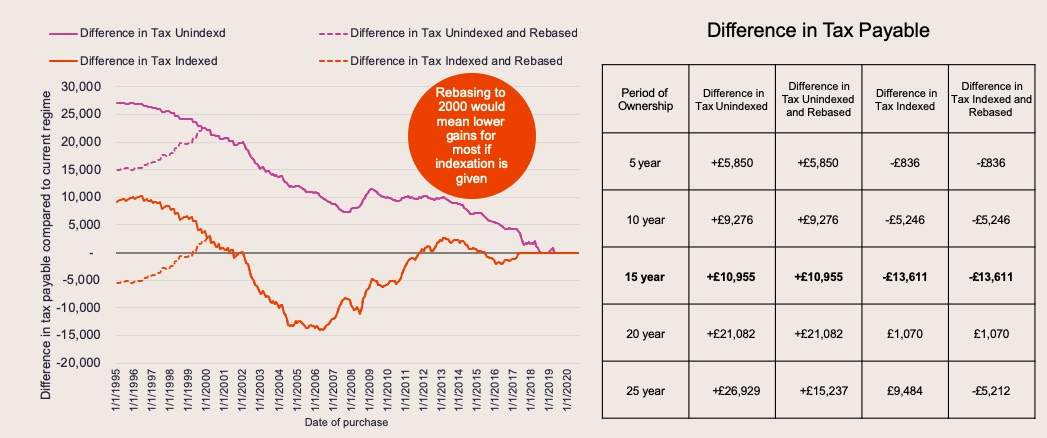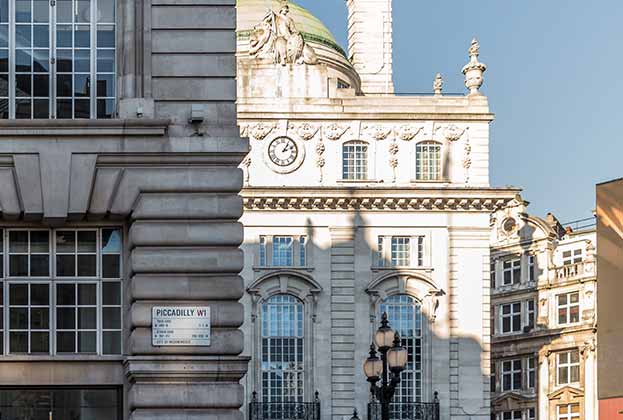There has been much recent speculation as to whether an increase in the capital gains tax rate is in the offing.
Since the introduction of that tax in 1965, there has always been an exemption for main residences. But capital gains tax (CGT) has been and remains payable on the disposal of second homes and investment properties.
As a consequence many buy-to-let landlords – who in recent years have also been hit by increasing levels of regulation and other taxation – will have questioned whether it is the right time either to exit the sector, rationalise their portfolio or incorporate their business.
Recently the Office of Tax Simplification released its report for reform of the tax. As expected it suggested the Government considers realigning current CGT rates with personal tax rates – potentially increasing the rate of the tax from 28 per cent to 40 per cent (in some cases 45 per cent) for a higher rate tax payer.
It also suggested reducing the annual tax free allowance from £12,300 to potentially as little as £3,000 – meaning more of any gain would be taxed.
If those were the only changes, this would result in a substantial increase in the amount of CGT payable on a sale. For many of those considering how long to keep their investment or second home, that would tip the balance in favour of selling sooner rather than later.
However, it might not be quite that simple. Within the same report, the Office of Tax Simplification also suggested that, if the Government is to introduce these measures, it should look at 'reintroducing a form of relief for inflationary gains', that is, only tax the level of gain on an asset above and beyond general levels of inflation.
Historically, when rates of CGT and income tax were the same, this was achieved by increasing the purchase price or '1982 base cost' of an asset by the Retail Price Index. The Retail Price Index has now been largely superseded by the Consumer Price Index, while the report also suggested that consideration is given to taxing gains accruing since 2000 rather than 1982.
As shown in the chart and table below, if only such inflation-adjusted gains were taxed, this would change the dynamic substantially.
Capital Gains net of annual allowance for the average UK house


.jpg)
.jpg)





.jpg)


